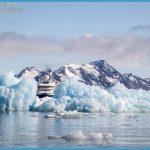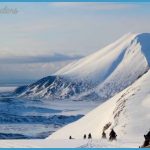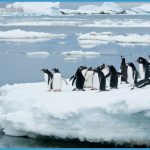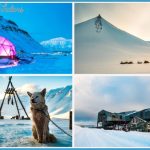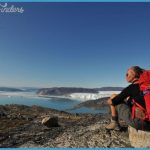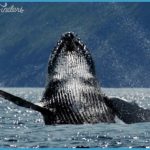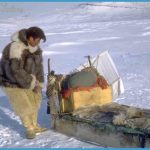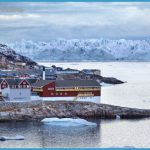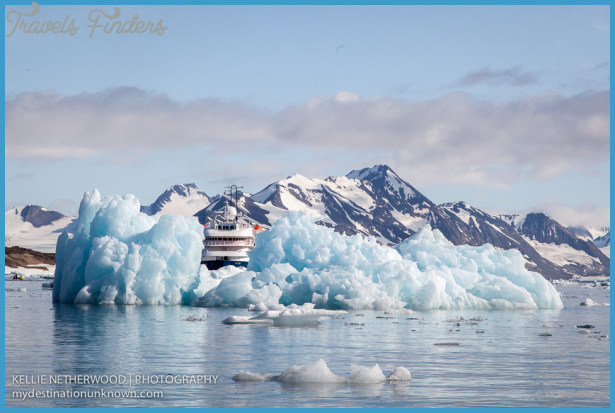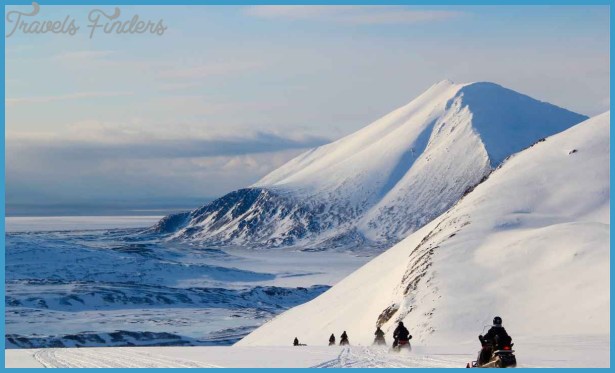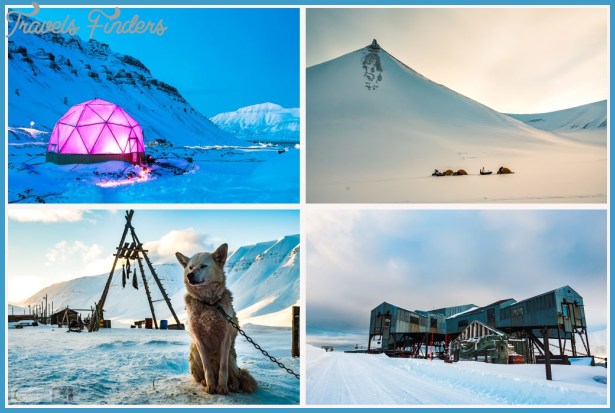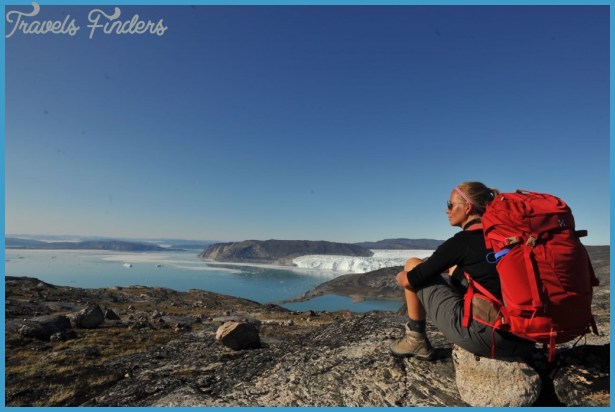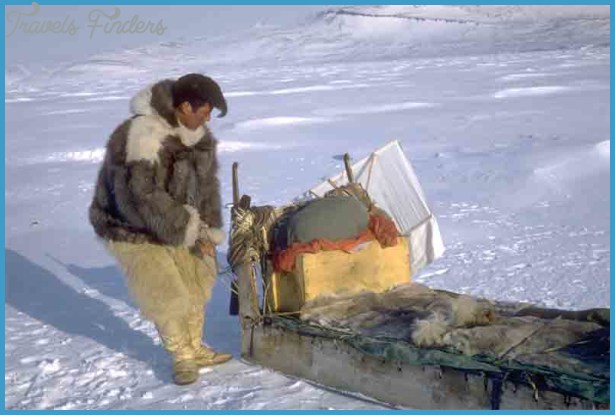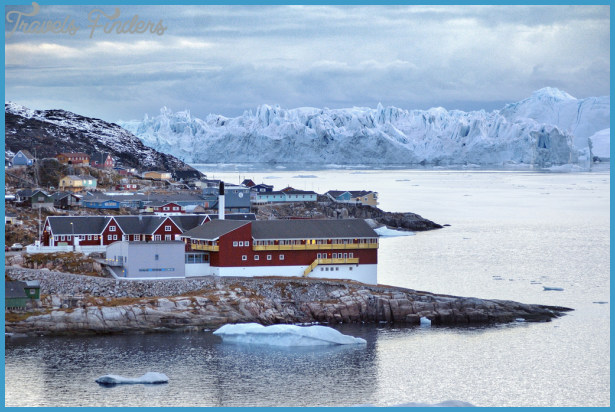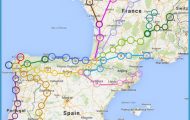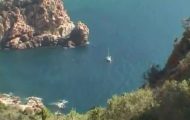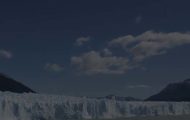Initially we fly over Tierra del Fuego, the southernmost land in Chile. To the left is Estrech de Magallanes, the Straits of Magellan. We rattle around inside this vast aircraft enclosure and are allowed to wander whenever and wherever we wish. The pilot is pleased to see us come to the cockpit at any time and is happy to chat about his own travel and flying experiences. We cross the stormy and unpredictable Drake Passage and at 60 oS we reach the winter limits of the frozen ocean. This is the Antarctic Convergence and is an area rich in plankton and other minuscule creatures that are part of the food chain that all life in this region depends on. At 66 oS we reach the Antarctic Circle and initially pass over a series of icebergs and then the gigantic ice shelves from which they were created.
Arctic Travel Photo Gallery
At the back of the plane just before a slew of motorised sledges, oil drums and boxes of food provisions there is a large wooden table which serves as in-flight service. On it are a variety of breads, slabs of different cheeses, heaps of blood-red tomatoes, a variety of soft drinks only outnumbered by the bottles of beer. Nothing is served directly but whenever you feel like something to eat or drink then passengers or crew can help themselves.
Our first sight of the continent of Antarctica appears as we reach Charcot Island close to Alexander Island. We are now at 71 oS. The plane is incredibly noisy and we have been advised to wear earplugs but they don’t really help much. The plane has tiny porthole windows so there’s not really much opportunity to see out and anyhow the views all seem the same. Endless miles of snow and ice as we head deeper and deeper into the remotest regions of the Antarctic. Mike the pilot tells me that the plane is carrying
57,000 lbs of fuel and will use up 19,000 lbs on the outward journey. It’s clear that Adventure Network will not cover the necessary payment for that kind of extensive cost with only four paying passengers. I bless Annie Kershaw again for being so honourable and sticking to her commitment to take us, even though all the others she had expected had dropped out.
It’s a long journey of six hours, covering 3,200 km. It makes me appreciate even more all those mad, crazy, wonderful, beautiful people who have walked these remote, icy wastes for weeks and months in an endeavour to reach the South Pole. I’m reminded of the song about two friends ‘walking the barren wastes without a drop of water but that actually took place in a sand desert. However, although it is not so often realised, Antarctica is also a desert. The definition of a desert being a place where there is very little or no rainfall over a set period of time. The Antarctic has virtually no rainfall and therefore, strictly speaking, it is the biggest desert in the world.

